The fenugreek (Trigonella foenum-graecum) is a plant belonging to the family of Fabaceae or Leguminosae. It is commonly called trigonella and it is a culture originating from South-East Asia and China, but which was introduced in the Mediterranean environment in ancient times; its cultivation was in fact already in vogue in the Greek and Roman civilizations.
In addition to being a food plant for humans and livestock, fenugreek has always been considered important for its medicinal properties. In Italy it is grown as green manure plant And legume from grain. Recent studies also suggest that the plant has anti-glycemic properties, making it an ideal legume for people with diabetes.
We therefore know better the botanical characteristics of the Trigonella foenum-graecumthe techniques of organic cultivation in the garden, the beneficial food properties and the various uses.
Description of fenugreek
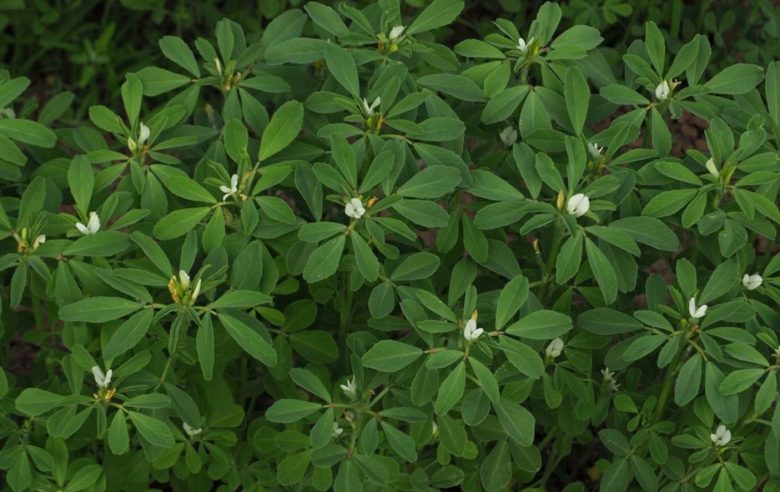
Fenugreek is a herbaceous plant with an annual cycle, very similar in appearance to that of the more famous broad bean. It develops an erect, cylindrical and fistulous stem, that is empty inside, with an average height of 50 cm, but which can also reach 70-80 cm. The stem is usually branched at the base. It also has a long tap root and, like other legumes, it is excellent nitrogen fixing plant, that is, able to fix atmospheric nitrogen in the soil, improving it. This explains its use as green manure or cover-crops.
Leaves
Fenugreek leaves are inserted alternately on the stem and are usually trifoliate. The petiole has two small lanceolate bracts at the base, called stipules. The single leaflets are oval with a rounded apex, a narrow wedge-shaped base and a serrated margin. They are hairy and dark on the top, hairless and lighter on the bottom.
Flowers
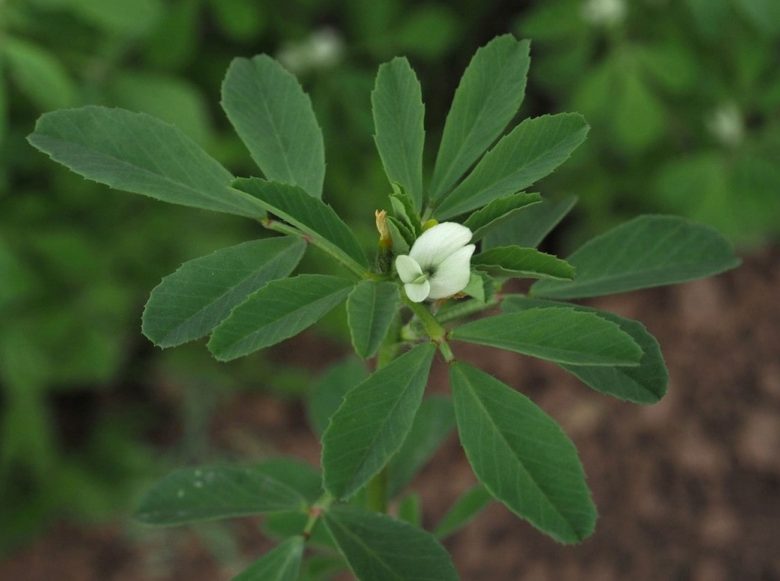
The flowers of the trigonella, sessile, are solitary or more often twinned, that is, placed two by two at the axil of the leaves. The calyx is bell-shaped tubular and divided into 5 thin and long teeth as the tube. The corolla is made up of 5 petals, very similar to those of the bean flower, with a very long banner facing forward. The color is white or tending to yellowish, with the blue-purple hull in the apical part.
Flowering is spring, more or less early depending on the sowing time.
Fruits and seeds
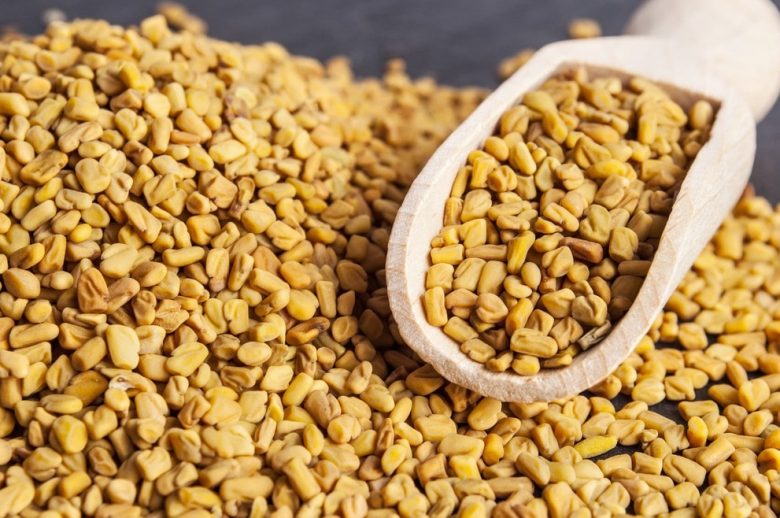
The fruit of fenugreek is an elongated legume up to 15 cm, formed by a basal portion containing the seeds, and by a smaller part without seeds and restricted in a thin rostrum. The seeds, from 10 to 20 for each legume, are sub-triangular in shape (hence the specific epithet trigonella) and yellowish in color. Their smell is acrid and persistent, very strong and not pleasing to everyone.
How to grow fenugreek
Like all legumes, fenugreek is also a rather rustic and adaptable plant. It shuns too much asphyxiated and compact soils, which form the crust and give rise to water stagnation. Apart from these limit conditions, growing fenugreek in the garden is fine any type of terrain.
In terms of temperatures, the plant resists the cold well, but not intense frost. Below -2 ° C there is a risk of stem breakage.
The best exposure for the crop is in full sun.
Sowing time
Given the conditions of resistance to low temperatures, fenugreek is sown at the end of winter in the northern regions, from February onwards and until April.
While in the central-southern ones direct sowing can be done already in autumn, from October onwards.
Sowing technique in the vegetable garden
There sowing technique of fenugreek in the garden is quite similar to the one we have illustrated for the sowing of broad beans And that of peas.
The trigonella is sown in postarella, or by placing 3-4 seeds in a small hole, at a depth of 2-4 cm. A space of 20 cm is left between one postarella and the other.
The postarelle are arranged in regular rows, leaving 50 cm between one row and the other.
The seeds start cultivation you can find them in specialized shops.
Sow fenugreek as a green manure plant
Fenugreek is discreetly used as a green manure plant, both in autumn and late spring, to enrich the soil. The sowing intensity is about 40 kg per hectare and is carried out by broadcasting or with tractor-towed seeders. The plant requires a well prepared seed bed, perhaps using the false sowing technique, so you have negligible problems with weed control. It has a fast germination time and medium growth rate. The crop cycle is short (3 months in spring).
Obviously, instead of green manure as it is, biomass can be used as forage grass, making the mowing before flowering, or grain leguminous, waiting for the harvest to fully ripen the seeds.
Irrigation
Irrigation is necessary especially in the case of late spring sowing, when the fenugreek cultivation goes through too dry periods. By sowing in regular rows, a irrigation system that follows precisely the rows.
The frequency and intensity of irrigation is highly dependent on natural rainfall. So consider when the soil dries up excessively sending the plants into water stress and at that moment give them water.
Cultural care
Trigonella is a rustic crop, which does not need a lot of care. For example, since it does not grow too tall, it does not need support. However, it is very important to ensure the cleaning of weeds in the first times after the germination of the seeds. Cleaning can be done with periodicals weeding operations by hand or, if the terrain allows it, with small and functional tools such as the clod breaker-weeder. Once the stems have grown and the plants have formed a nice head, they will naturally have the upper hand over the weeds.
Fenugreek parasites
Fenugreek is not particularly popular with people garden pests. However, beware of the appearance of aphids in early spring. At the first signs of infestation we advise you to intervene with abundant washing of the plants using del soft potassium soap.
Harvesting of fenugreek
The collection of fenugreek in the home garden is carried out following classical techniques. Obviously, it is carried out when the seeds have reached full maturity, that is when the external part of the legume begins to yellow, until it becomes brownish. The exact ripening period depends on when it is sown, usually from late spring to early summer. The plants are cut at the base, gathered in bunches and dried in the sun. To obtain the seeds of trigonella, the very dry plants must be beaten with a stick, setting up a net underneath for the collection of the result of the beating.
At this point, we proceed to the sieve, to free the seeds from impurities.
The well-cleaned seeds are left to dry for a few more days in the air (not in the sun) and then stored in glass containers.
Elements contained in fenugreek
In fact, the seeds are rich in: mucilage, proteins, saponins (diosgenin), alkaloids (trigonellin), flavonoids, sterols, fibers, vitamins, mineral salts, polysaccharides, lecithins, fats, essential oil.
Properties of fenugreek
Fenugreek has important nutritional and medicinal properties. It is a legume first of all suitable for people with diabetesas it has a mechanism of action capable of decreasing the level of glycaemia in the blood by stimulating the production of insulin.
It also has positive effects on the pancreas, as it induces the production of bile, an effect that helps regulate the cholesterol level.
The high protein content has always made it considered a food with tonic and restorative properties, suitable for debilitated or convalescent people, but also for athletes.
In addition, it stimulates milk production after childbirth, thanks to its gallactogogue properties.
Other medicinal uses
In folk medicine, fenugreek was used for its vermifuge properties, therefore to fight intestinal parasites.
For external use it is very useful for boils and paterecci that it matures, purges and resolves quickly.
Finally, it also has emollient properties that are used in herbal medicine for firming, anti-wrinkle and anti-stretch mark cosmetic products.
For these reasons it is easily found for sale in different forms (seeds as they are, flours, supplements, etc.).
Use in the kitchen
In Asia fenugreek is used as a spice, especially in the form of flour, entering the preparation of many typical dishes. In Eastern countries, even the tender leaves of the plant are eaten, after having boiled them like a classic cooked vegetable. In the West, in addition to being a spice reduced to powder after roasting the seeds, legumes are used as they are, for example as a condiment in summer salads, in mixed legume soups, in a classic combination with lentilsas a side dish in meat and mushroom dishes.
The dried seeds, before cooking, should be soaked overnight in order to soften them.
Whatever the recipe with fenugreek you are preparing, however, always keep in mind that it is a legume with a strong, opaque flavor, so very small quantities are enough.
Internal medicinal uses
There are other simple uses of fenugreek in the home that allow us to take advantage of the medicinal properties described above. For example, use as a tonic during a convalescence. In this case it is recommended to take the trigonella powder at a dosage of 0.5 g mixed with honey, to be taken in teaspoons 2-3 times a day. To do this, it can also prepare the decoction using 2 g of dry seeds per 100 ml of water, to be taken in 3-4 cups a day.
External use
To make boils and paterecci mature, a poultice can be prepared using fenugreek powder. Just cook a few tablespoons of flour in water, enough to obtain a kind of polenta. Apply everything hot, placing a gauze on the affected parts.

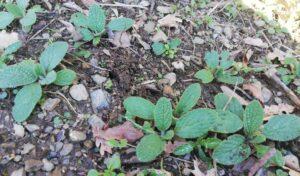
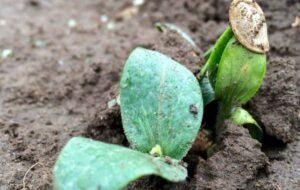
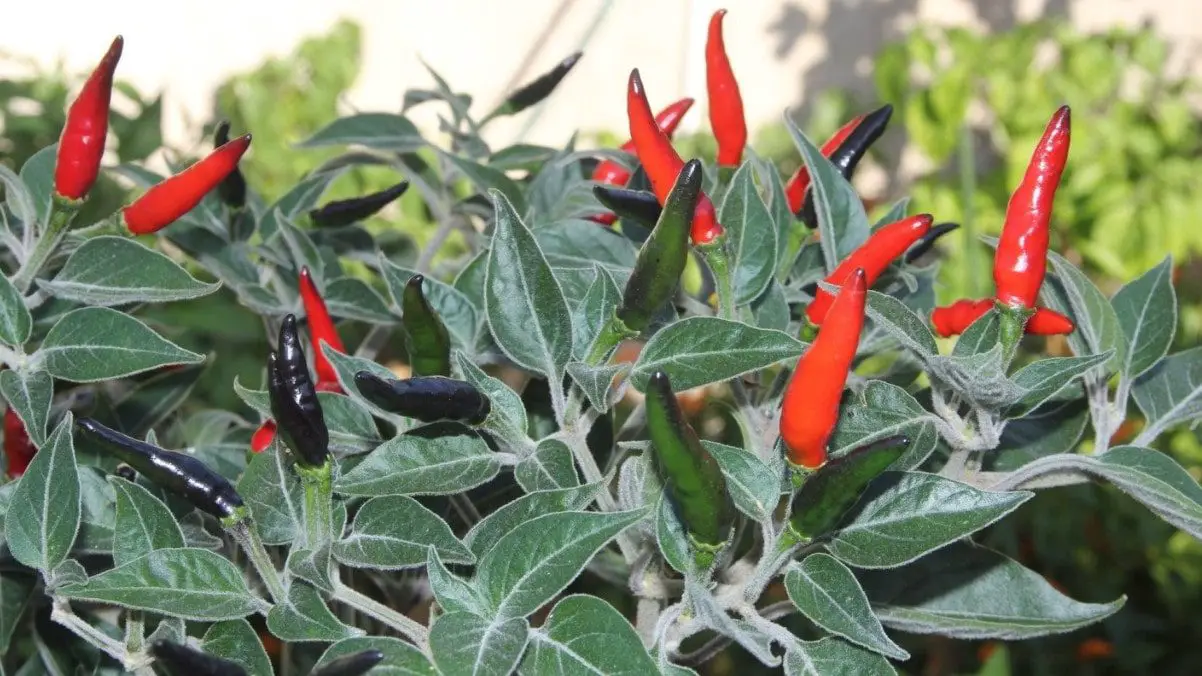
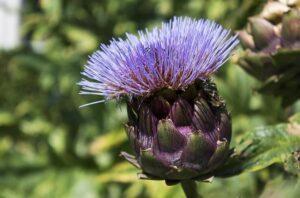
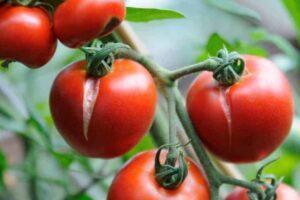

Start a new Thread